Govt eyes 4.2% growth in FY26
Inflation seen at 7.5% as tight fiscal, monetary policies continue
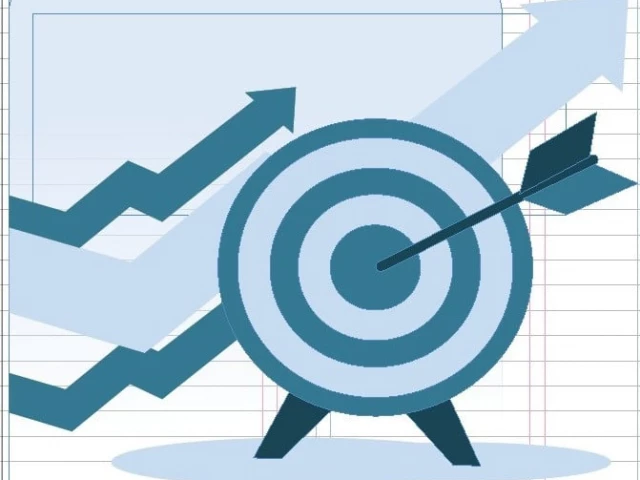
The government has proposed a 4.2% economic growth target for the next fiscal year, on the back of the revival of both the sunken agriculture and industrial sectors, but stated that achieving the target will depend on the effective management of the economy.
It has also set a 7.5% inflation target for the next fiscal year but said that the external sector may come under pressure due to multiple factors.
Prime Minister Shehbaz Sharif's government will continue maintaining tight fiscal and monetary policies, marking the fourth consecutive year of fiscal consolidation, according to the proposed plan for fiscal year 2025-26. The plan will be presented to the Annual Plan Coordination Committee (APCC) on Monday for approval, before being laid before the National Economic Council (NEC) for final endorsement. The APCC will be chaired by Planning Minister Ahsan Iqbal, while the NEC, a constitutional body, is chaired by Prime Minister Shehbaz Sharif.
According to the proposed plan for FY2025-26, Pakistan's economy is projected to grow by 4.2%, signalling expectations of a broad-based recovery. The commodity-producing sectors are forecast to expand by 4.4%, driven by a 4.5% rebound in agriculture and 3.5% growth in Large Scale Manufacturing, as per the proposed plan.
This year, the agriculture sector performed poorly, posting only 0.6% growth as all major crops showed negative growth.
However, according to the planning ministry's new plan, agriculture growth will be supported by a recovery in important crops targeted to grow 6.7 % and cotton ginning with a goal to increase its output by 7% as well as robust performance in the livestock sector.
In a bid to show some decent economic growth in this fiscal year, the government claimed that the livestock sector posted 4.7% growththe highest in 25 years. For the next fiscal year, livestock is projected to grow by 4.2%.
The proposed plan shows that the industrial sector is expected to benefit from a significant revival in Large Scale Manufacturing, with a growth target of 3.5%, along with 3% growth in mining and quarrying, and sustained growth momentum in construction and electricity, gas, and water supply.
The electricity, gas, and water supply sector, which was claimed to have grown by 29% this year, is projected to grow by only 3.5% next year. Many observers have questioned the credibility of the 29% growth figure claimed by the government for this year.
The construction sector, which the government said grew by 6.6% this year, is targeted to grow by only 3.8% in the next fiscal year.
The proposed plan states that fiscal and monetary policies will aim to ensure consolidation and stability, with inflation expected at 7.5% due to the low base effect, risks of continued trade tensions, and domestic tariff rationalisation measures.
The government plans to drastically cut import duties to open the economy to foreign competition, following the advice of both foreign and local private consultants.
The proposed plan states that the services sector, which forms the largest share of GDP, is set to grow by 4%, supported by stronger performance in wholesale and retail trade, transport, storage and communications, financial services, and real estate.
The National Accounts Committee approved a 2.7% economic growth rate for the current fiscal year, falling short of the 3.6% target. This shortfall was primarily due to a sharp contraction in key commodity-producing sectors, including a 13.5% decline in important crops caused by adverse weather conditions, reduced rainfall, input shortages, and policy shifts.
However, the plan states that economic growth projections for the next fiscal year reflect cautious optimism, contingent on effective macroeconomic management and stable external conditions.
For FY2025-26, the government has proposed a national savings target of 14.3% of GDP. The investment-to-GDP ratio is projected to rise to 14.7%, up from 13.8% this fiscal year.
According to the plan, the higher investment ratio reflects a narrowing saving-investment gap that will be financed through modest external inflows. The current account deficit is projected to remain low at 0.4% of GDP for the next fiscal year.
The government again missed the investment-to-GDP target this fiscal year, and it remains rare for annual targets set at the beginning of the year to be fully achieved.
Public investment is projected to rise from 2.9% to 3.2% of GDP, while private investment is expected to increase from 9.1% to 9.8%. This year, the private investment target was missed by a significant margin.
The proposed plan also warns that the external sector may come under pressure, as easing import restrictions and debt repayments could widen the current account deficit. However, strong remittances, recovering exports, and anticipated external financing are expected to help cushion these pressures and support external sustainability, it added.


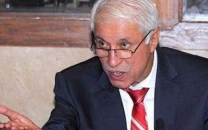


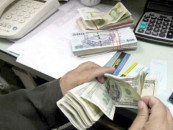

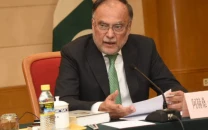
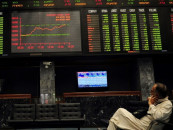













COMMENTS
Comments are moderated and generally will be posted if they are on-topic and not abusive.
For more information, please see our Comments FAQ